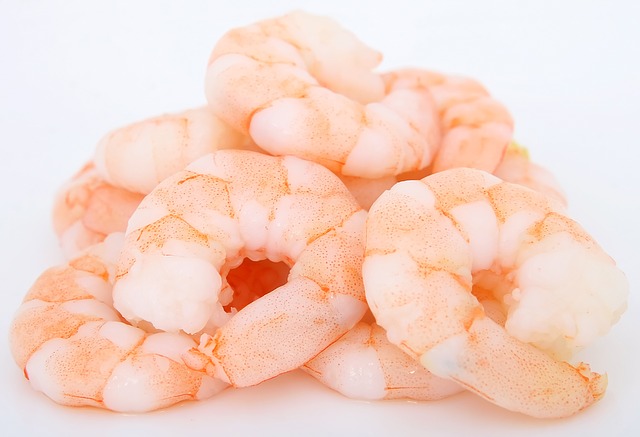The FDA has launched the third phase of its Artificial Intelligence (AI) Imported Seafood Pilot program, which uses AI and machine learning (ML) to strengthen import screening to ensure that foods entering the U.S are safe.
The FDA chose to focus on seafood for the pilot program as more than 90% of the U.S. seafood supply comes from other countries, and the agency has seen food safety concerns for various imported seafood products along different points in the supply chain.
The program was implemented under the New Era of Smarter Food Safety Blueprint, a program that was developed to reduce the number of foodborne illnesses by leveraging technology to create a safer, more digital, traceable food system.
The third phase is designed to improve the agency’s ability to quickly identify imported seafood products that may be contaminated by illness-causing pathogens, decomposition, the presence of unapproved antibiotic residues or other hazards.
The first phase of the pilot, launched in 2019, was an analytical proof of concept. The analysis demonstrated potential for an ML-driven approach to expedite the review of lower-risk seafood shipments, while identifying those of higher risk for violations or refusals. The second phase, conducted in the field, was designed to integrate ML into existing import data systems to inform decisions about sampling by entry reviewers while gaining more experience with training of the ML model. It was launched at all 328 U.S. ports of entry from February 2021 through July 2021. The real-time model was able to analyze an import entry and return a sample recommendation within seconds.
The third phase will help determine the feasibility of deploying in-house AI/ML models using the intelligence that FDA extracts from the data collected while reviewing millions of import entries per year.
The agency notes that ML has the ability to analyze data from various sources to help inform FDA decisions and target resources at the borders. In a related shrimp pilot, the FDA was able to focus on areas of increased risk, such as shrimp contaminated by aquaculture drugs, for foreign inspections. “This includes increased importer inspections, higher rates of sampling and examination, and use of non-traditional tools, such as third-party audits, specific to this commodity. We incorporated the data from this project into the Third Phase of AI Imported Seafood Pilot Program, allowing for a more robust and larger targeted sampling,” said the FDA in a statement to constituents.





